What are the luxury laws and how they worked at different times
Categories: Fashion | History | Society
By Pictolic https://pictolic.com/article/what-are-the-luxury-laws-and-how-they-worked-at-different-times.html"What is allowed to Jupiter is not allowed to the bull," was the ancient Roman winged expression. The essence of this wisdom is that if something is allowed by one, then it is not necessarily allowed by all. This formula perfectly describes the laws of luxury that have been in effect throughout the existence of mankind. What were they, and what traces did they leave in history?
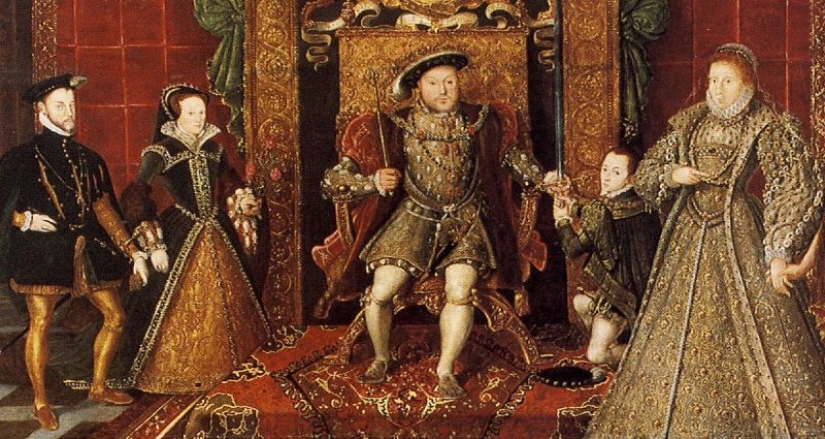
The laws of luxury are based on religious canons and moral codes that restrict the freedom of consumption. This was especially pronounced in the rules concerning clothing. Among them were both quite reasonable and completely ridiculous. A large number of different laws on clothing and jewelry were adopted in ancient Rome.
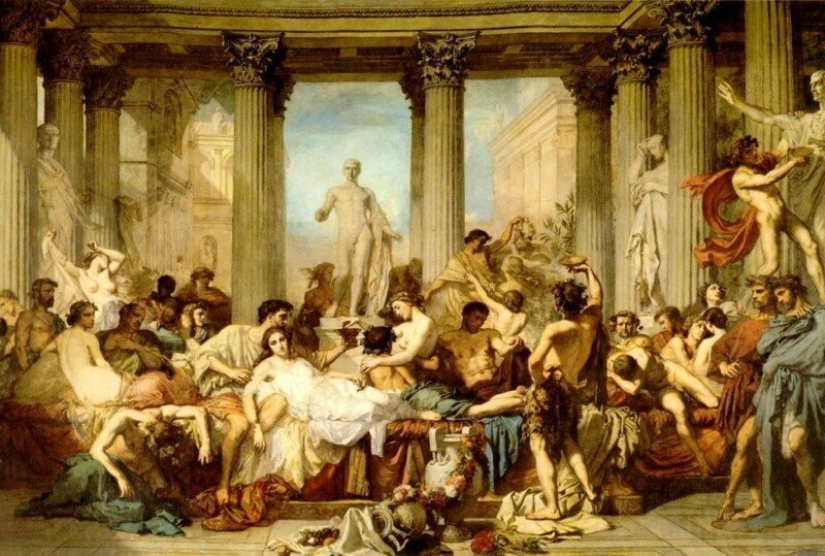
In 215 BC, the Law of Oppius appeared. He imposed restrictions on luxurious clothing and jewelry for Roman women of all classes. This was due to the deep financial crisis caused by the Second Punic War against Carthage. During this confrontation, Rome was in ruins. In this way, the authorities tried to direct the values to matters of priority for the state.
After a while, the laws of Consul Marcus Porcius Cato appeared in Rome. This politician has taken up arms against luxury and its lovers. It got to the point that in 182 BC there was a law limiting the number of guests at the table. The law of Fannius from 161 BC tightened the screws even more about banquets. The law of 143 BC imposed these restrictions outside the Eternal City, throughout the Roman Empire.
In the Middle Ages, a real cult of wealth arose. The division of society has reached its maximum values. While the peasants worked tirelessly to satisfy their basic needs, the aristocrats competed with each other in luxury and extravagance. The main ways of self-expression of the elite were food and clothing.
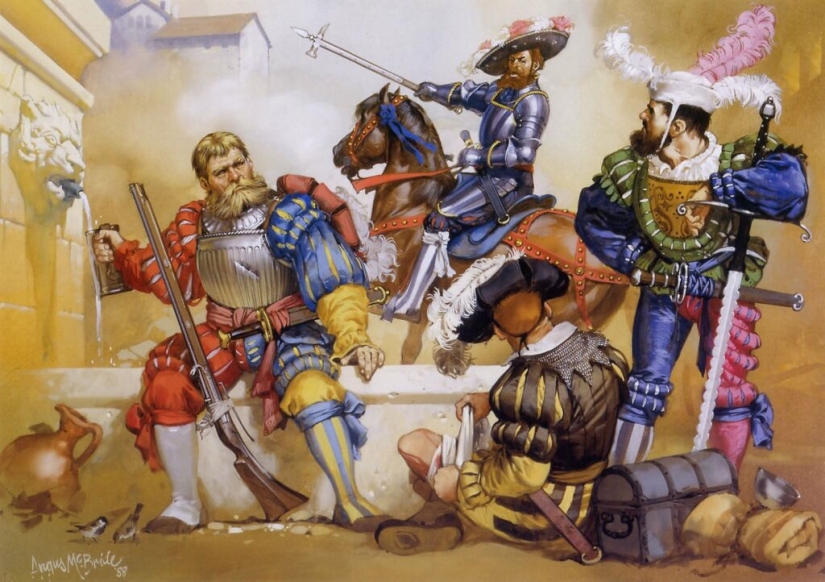
Sewing clothes and dyeing them was an expensive pleasure in those days. Not much worn and bright thing told others about the solvency of the owner. Feasts are another way to show your wealth. At the request of the owners, the chefs prepared the most incredible dishes, not always edible. What are the swans baked with feathers with gilded beaks worth.
The clergy were most concerned about the display of luxury. High-ranking clergymen themselves were not averse to setting the table with fantasy, but this is different. Jesus taught modesty and restraint in clothing and food, so church laws were passed against ostentatious wealth. They worked very poorly, until 1347.
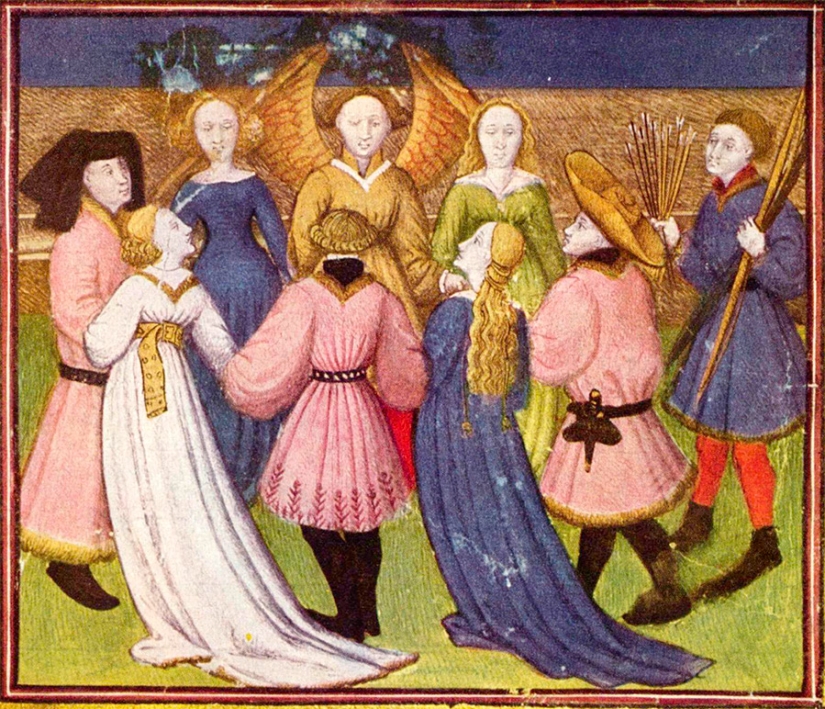
The plague that came from the East in the middle of the 14th century killed 40 to 60 percent of the European population. Because of this, there were catastrophically not enough workers. In this regard, the peasants could demand better working conditions and higher wages from their lords. It got to the point that some commoners dressed and ate no worse than the gentlemen. Of course, this outraged the gentlemen. They introduced laws and regulations restricting the opportunities of the rabble in clothing and other spheres of life.
It turned out that the clergy tried to restrict the nobles, and those, in turn, the common people. Separately existed in Middle Ages laws regulating the dress code of individual ethnic and religious groups. Jews and Muslims in Europe were supposed to wear special clothes. There were also health and safety regulations. Patients with leprosy were dressed in special clothes.
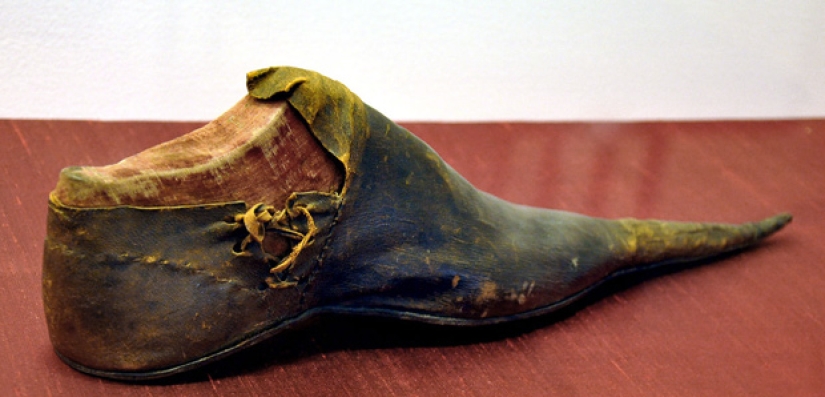
Different places in Europe have adopted their own rules. But in most kingdoms, Jews were required to wear high conical hats and yellow stripes on their clothes. Muslims sewed a crescent moon to their dress in a prominent place. In England, courtesans wore striped hoods, and knights were strictly forbidden to use weasel fur in their wardrobe.
A special sign of the nobility was the so-called "pike shoe". These were shoes with incredible length noses, which were very uncomfortable to walk in. Despite the discomfort, the noble Englishmen and the French competed with each other in the length of the shoes. It was believed that the longer the toes of shoes, the more noble and rich their owner.
The late Middle Ages was characterized by laws on luxury and dress codes that had an economic basis. In 1571, a law was introduced in England obliging all the male population of the kingdom, with the exception of the nobles, to wear woolen hats. These hats were mandatory on Sundays and holidays. The law seems strange, but it had a definite purpose. With his help, the authorities stimulated the wool spinning industry.
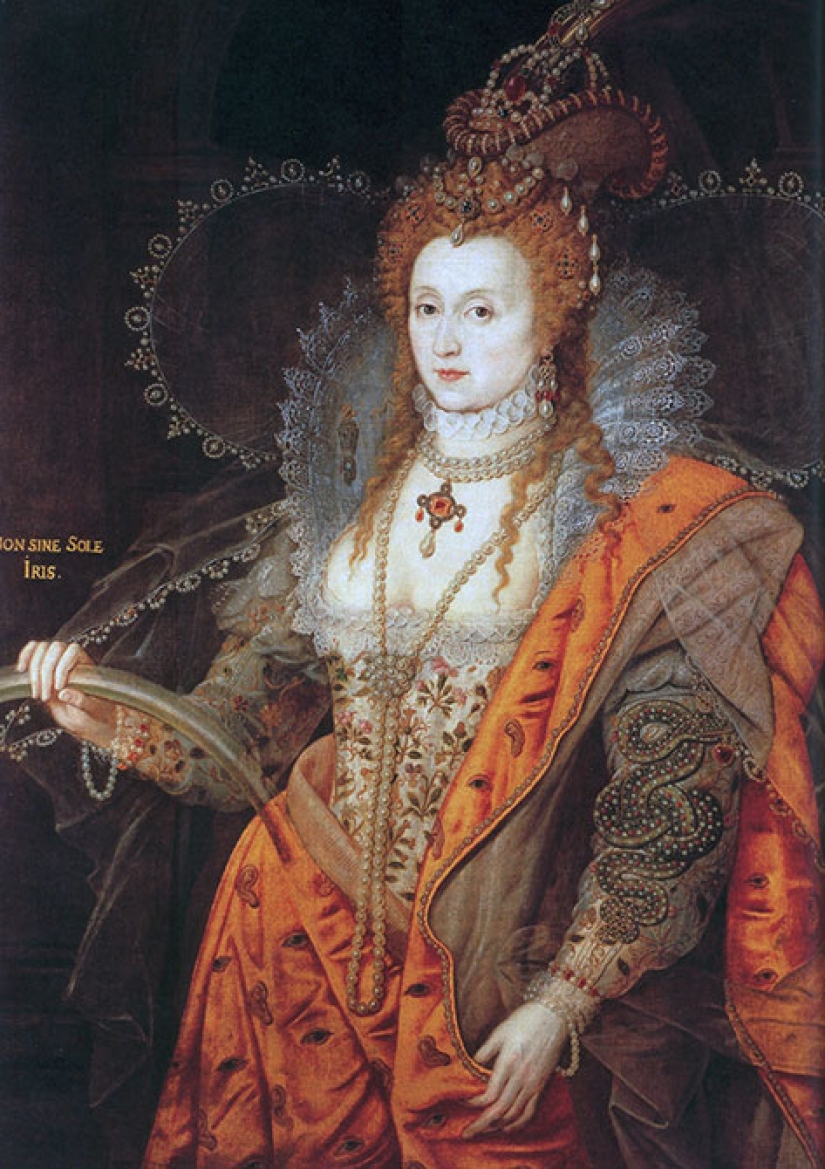
This law on woolen hats, repealed, by the way, in 1597, is an excellent example of how ancient legislators were able to influence modernity. It is thanks to him that woolen caps are still in fashion in the UK. But this is just one of the many laws that were adopted in the 16th and 17th centuries by dozens.
In the Tudor era, whole collections of rules were published, which indicated who, what and when had the right to wear. It was even taken into account where certain items of clothing, jewelry or food were made. The British Parliament has been discussing various strange initiatives for months, instead of doing business.
Adam Smith, the founder of modern economics, wrote that these were the most discriminating laws. The upper classes, who were the biggest spenders, tried to control the middle class and the poor, who were already not posh. All this was presented under the guise of caring about the shaky economy, but if it was collapsing, it was only the fault of the rich.
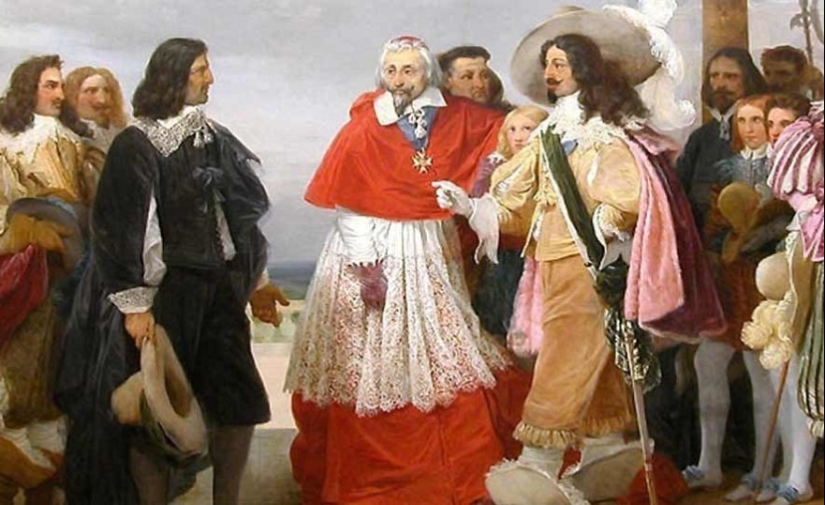
France also struggled with luxury among the lower classes. King Louis XIII in 1629 and 1633 passed laws aimed at "combating excesses." They forbade commoners to wear lace and... embroidery in gold and silver. It is quite clear that it was not difficult to observe this rule.
In Asia, most luxury laws were passed in China. In 221 BC, during the Qin Dynasty, the first known rules of such a plan were introduced. They were based on the concept of Confucian restraint and contempt for luxury. The laws concerned not only clothes, but also funerals. In particular, the costs of conducting ceremonies and unnecessarily monumental tombstones were limited.
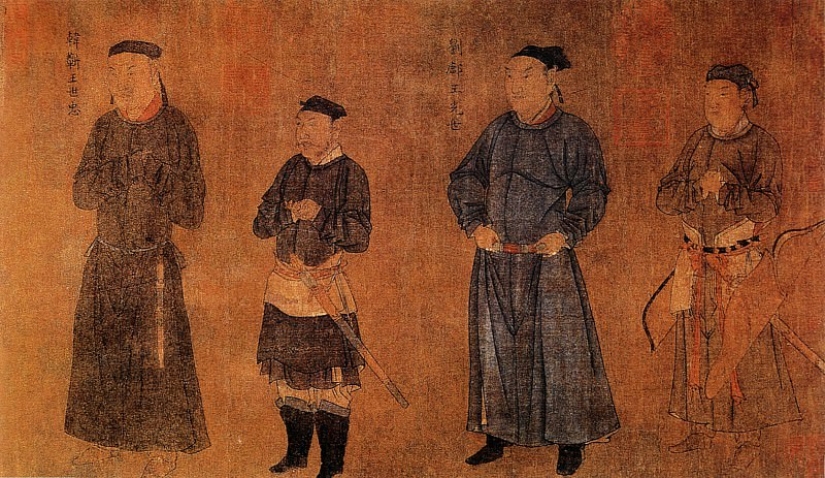
During the Ming Dynasty, strict dress codes were introduced. They were designed to eliminate the Mongol influence of the previous Yuan Dynasty in The Celestial Empire. The struggle for traditional Chinese values led to the fact that one could get a large fine and even corporal punishment for Mongolian clothes.
In feudal Japan, there was a complex system of prohibitions on certain things and actions. The laws were designed to clearly divide the country's population by classes and estates. Even the size of the houses and the materials from which they were built were taken into account. This continued for centuries, until at the turn of the 18th and 19th centuries, the pressure eased.
At the end of the 18th century, the merchant class became stronger in the Land of the Rising Sun. Merchants were more successful than aristocrats and could afford a lot. Over time, the merchants also gained influence on the government, which they used for their own purposes. Many laws have been weakened and repealed to please merchants. At the beginning of the 19th century, an unheard—of thing happened - the shogunate allowed the merchant people to carry swords!

In some places in Asia, luxury laws are still in effect. As you may have guessed, we are talking about the DPRK and its permanent leader. One day Kim Jong-un went out in a long leather coat. This immediately caused a wave of imitations among the few who can afford such a thing. But the leader decided to remain unique and leather coats and raincoats were banned in the country.
Recent articles

Nikolai Vasilyevich Gogol is not just a classic, but the first major Russian prose writer, who was considered his teacher by many ...

Most of the animals on earth touches and make you smile. But there are a few creatures that are unlikely to cause a storm of ...

History knows many child killers whose crimes are chilling. But all their atrocities pale in comparison to the cynical atrocities ...